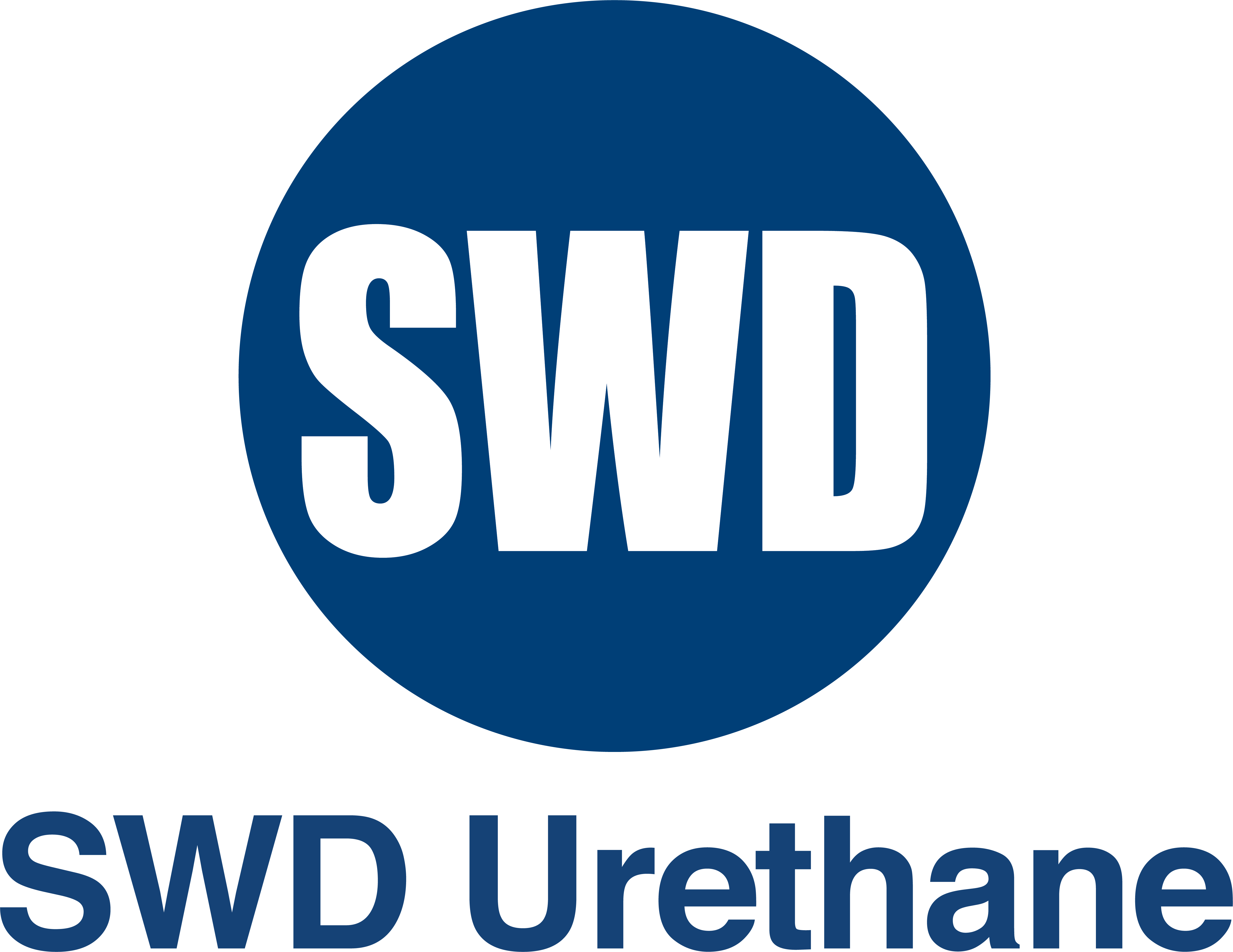There’s more than one way to insulate a home. Insulation is available in several different materials and application types. There’s fiberglass insulation, spray foam insulation and even reflective barrier insulation, but one of the more lesser-known types is denim insulation.
Denim insulation or recycled denim insulation is just what it sounds like: home insulation made from recycled denim blue jeans. This might seem odd at first, but consider that denim is a cotton-based material that provides an efficient thermal barrier between what’s inside of it and what’s outside of it.
In this article, we’ll examine some of the pros and cons of denim insulation.
Pros
There are several reasons you may want to use recycled denim insulation in your home, and we’ll cover some of them below:
- Eco-friendly: If you care about the environment, then denim insulation is the home insulation material for you. Made entirely from recycled jeans, denim insulation is a green solution that you can use to insulate your home. For manufacturing, the metal portions of the jeans are removed, and the denim is broken down to its cotton-based form. It’s then treated, bonded and heated before being made into sheets that you can buy as insulation.
- Sound-muffling: Most people don’t think about sound nullification in relation to their home’s insulation, but maybe they should. If you live in a busy area or near train tracks, you’ll be happy to know that denim insulation prevents unwanted sounds from entering your home. Some estimates state that denim insulation is 30 percent more effective at reducing exterior noise than fiberglass insulation.
- High R-value: An insulation’s R-value is a rating that details how well it resists conductive heat flow. Recycled denim insulation is available in a wide range of R-values (from R-5 to R-30) that are on par with or greater than other types of insulation like fiberglass.
Cons
There’s no such thing as the perfect home insulation material, and recycled denim insulation is no exception. Here are a few drawbacks that you may face if you implement denim insulation:
- Difficult to cut: If you’re trying to cut and install denim insulation yourself, you’ll soon find that it’s not always easy to cut. The sheets are usually 3.5 inches thick, and the material is dense, making it harder to slice with a utility knife. They’ve begun to make denim insulation with built-in perforations à la paper towels, so be on the lookout for those.
- Costlier: Because of the involved manufacturing process, recycled denim insulation will usually run at least 10 percent higher than standard insulation materials with the same R-value rating like fiberglass.
- Requires a vapor barrier: Have you ever gotten rained on when you’re wearing jeans? You’ll probably recall that it took them a long time to completely dry out. Denim insulation can be susceptible to the same issue. Because of this, you’ll have to install a vapor barrier to prevent water and moisture from contacting it, and this is an extra expense that is unique to recycled denim insulation.
Call to discuss your denim insulation today
For the green homeowners who aren’t as concerned with costs, recycled denim insulation can be a viable way to insulate their home. If you’d like to discuss denim and other types of insulation, call us at Ace Insulation Inc. We have over 100 years of combined experience in the insulation industry and pride ourselves on doing quality work for a reasonable price, so call us today.


